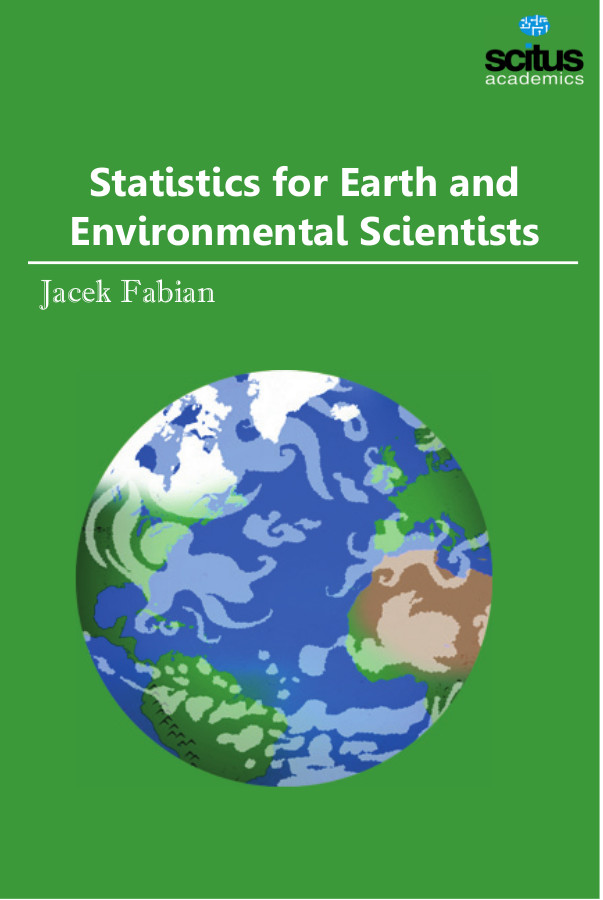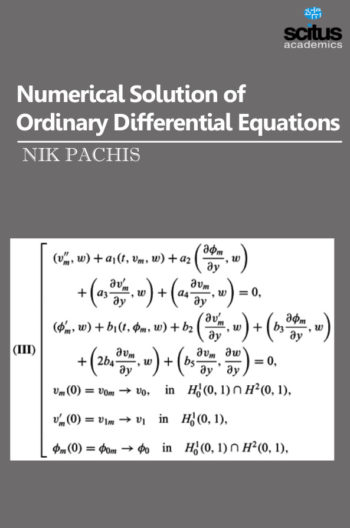Earth scientists are often involved in taking observations on the earth’s surface and its interior. Earth scientists are confronted with many challenges. Phenomena of interest are often deep within the earth surface, in oceans, or in the atmosphere. Collecting data often is costly, time consuming, and hampered by limited access. Geologic events occur at irregular intervals, often widely spaced. Decisions made on the basis of studies in the earth sciences can have significant long term consequences. An understanding of data used in decision making is critical. Exploratory data analysis provides insight into data quality, variability, and structure. Constructing models provides a basis for understanding complex geologic processes and for making inferences. Since earth scientists depend largely on observations, particularly on observations where there is a large portion of uncertainty, Statistics plays a major role in drawing inferences concerning the earth and its interior.
Statistics for Earth and Environmental Scientists provides comprehensive theoretical and practical knowledge of statistical applications for solving real-world environmental problems. This book is envisioned for students and practitioners of the earth and environmental sciences who want to practise statistical tools to unravel real problems. It offers a variety of tools that are used across earth science disciplines. Statistical methods need to be understood because today’s interesting problems are complex and include uncertainty. These complex problems take account of energy resources, climate change, and geologic hazards.













